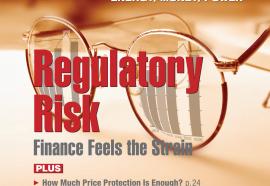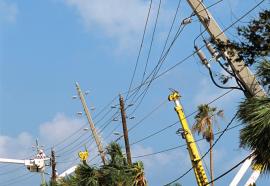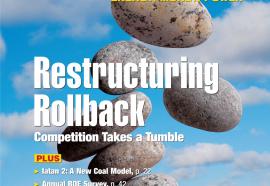The Color of Money
Wall Street sees “green” in demand response, energy efficiency, and distributed generation. Will the industry step up?
We recently conducted research to evaluate whether innovative solutions for meeting future energy needs such as demand response (DR), energy efficiency (EE), and alternative distributed generation (DG) (e.g., photovoltaic cells, wind, energy storage) could become a sustainable and viable part of the future energy infrastructure.










